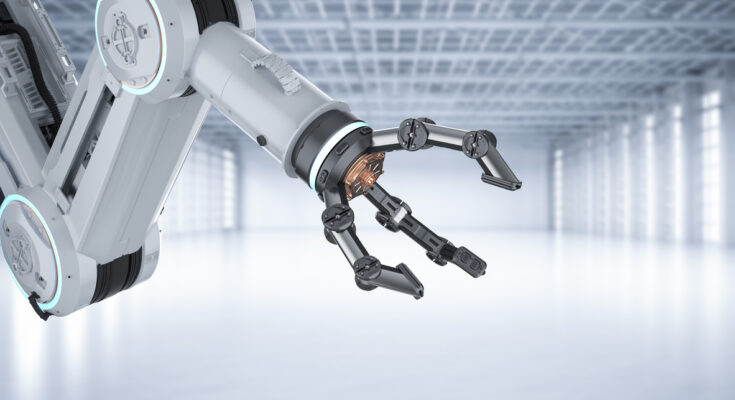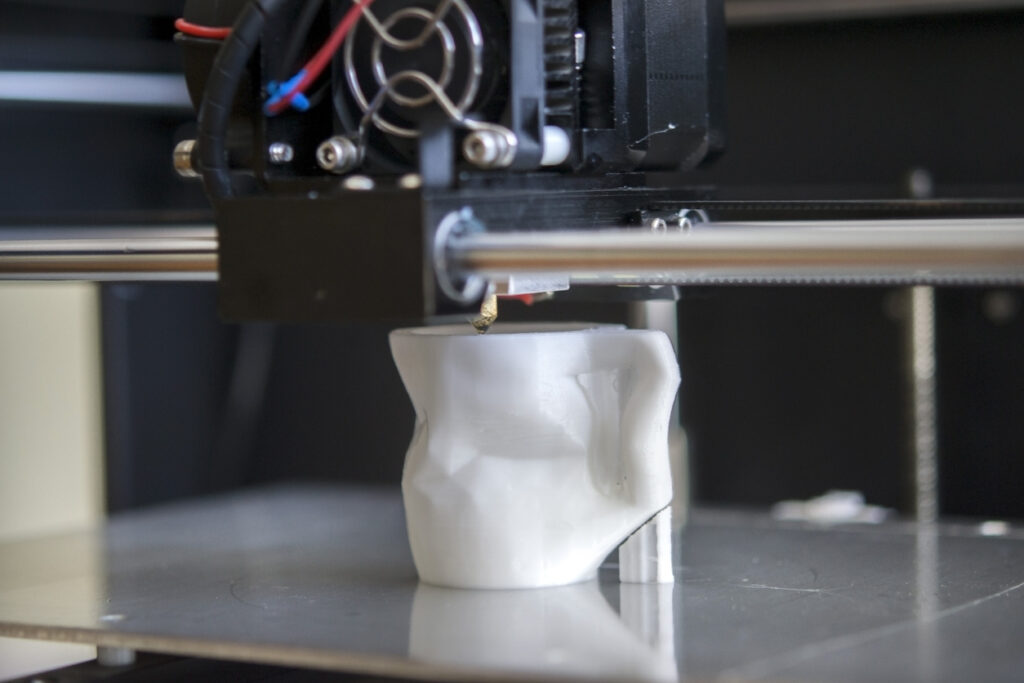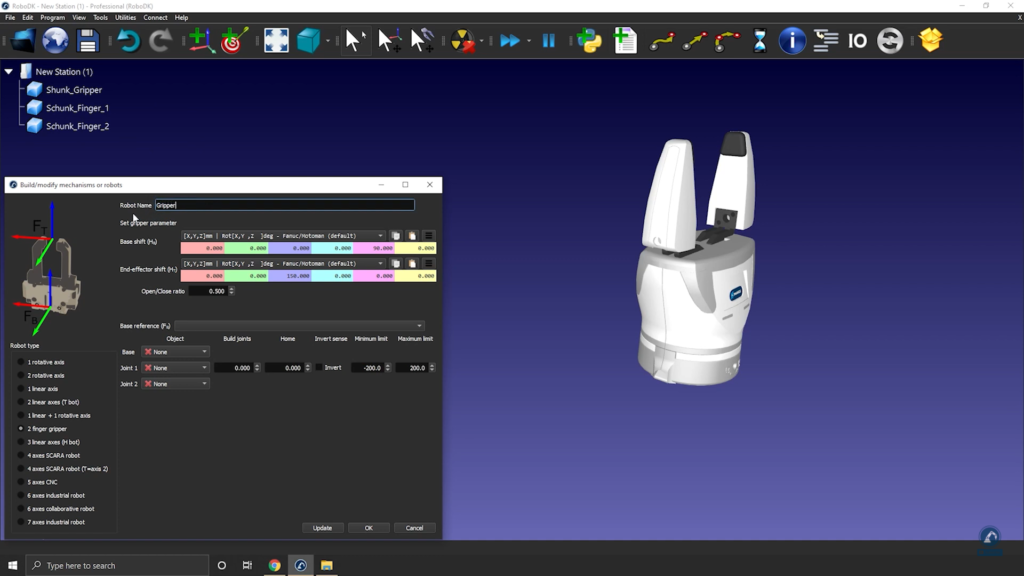One of the standout innovations showcased at Automatica was the advancement in robot grippers, establishing a new standard for material handling technology. These grippers have evolved to be smarter, faster, and more sensitive, thanks to several technological breakthroughs. Even though robotic grippers are a recent addition to production lines, their role is quickly becoming indispensable.
Robot Grippers Advancements
Convergence of Cutting-Edge Technologies
At the core of this innovation lies the convergence of cutting-edge technologies. For instance, the integration of computer vision has amplified the capabilities of robotic grippers, enabling them to detect translucent and reflective items, overcoming previous visual limitations in robotic handling. The ultimate goal is to achieve ‘robot eyes,’ granting robots the ability to perceive objects akin to humans.
Neural Networks
Moreover, the fusion of neural networks with computer vision results in systems capable of segmentation, classification, and pinpointing optimal grasp points on objects. This is particularly advantageous for operations such as item picking and pallet depalletizing. As industries relentlessly pursue efficiency, the speed of operations emerges as a key factor.
Hybrid Grippers: The Best of Both Worlds
New-age hybrid grippers ingeniously merge the benefits of suction cups with clamping technology. While suction cups excel at item separation, clamping guarantees stable movement. This hybrid methodology facilitates swifter robotic motions, in some instances enhancing throughput from a previous 300-400 items per hour to an impressive 1200, handling a diverse assortment of items in terms of weight, shape, and texture.
Material handling
Traditionally, manual labor dominated material handling. But with innovative robots, material processing can occur at quadruple the speed of human operations. In a continuous three-shift cycle, the productivity of a single robot matches that of 10 to 12 individuals, heralding a promising return on investment.
Safety, naturally, remains paramount. Modern robotic grippers are fortified with an array of safety features. Their adeptness in obstacle detection and rapid reaction diminishes accident risks. Moreover, these grippers come with built-in fail-safe mechanisms. Should any irregularities arise, they either halt operations or switch to a safe mode, minimizing potential threats.
Innovations Shaping the Future
The world of robot grippers is witnessing some fascinating innovations. For example, in additive manufacturing, also known as 3D printing, three-dimensional objects are created from a digital file by building them layer by layer. Canadian manufacturer Anubis 3D[SC1] utilizes this technique with a range of End of Arm Tooling (EOAT), including grippers. Additive manufacturing enables the creation of light, complex, and customized shapes with minimal waste, reduced tooling costs, and the ability to iterate designs quickly.
Another significant innovation in robot grippers is tactile feedback, which markedly enhances robotic handling and manipulation capabilities, bringing them closer to the sensitivity and adaptability of the human hand. Tactile sensors can detect subtle variations in pressure and texture, allowing robots to adjust their grip strength precisely. This precision is crucial when handling delicate or oddly shaped objects, as it reduces the risk of damage.
Robots equipped with tactile feedback can handle a variety of materials and shapes without pre-programming. Moreover, by optimizing grip force, robots can use less energy to hold objects securely, leading to more efficient operations. Lastly, tactile data can be utilized for machine learning, allowing robots to improve their performance over time based on previous experiences and interactions.
Harnessing the Robot Grippers Potential with RoboDK
A simulator can help engineers explore the different benefits of new gripper technologies and the effects on the robotic automation process. RoboDK has different tools to model grippers, get a cycle time estimation or even test vision algorithms through RoboDK’s API. Visualization of these innovations can help the stakeholders better understand the effects and improvements of working with these new technologies before investing on physical hardware.
Ready to harness the power of robot grippers with RoboDK? Take the first step towards revolutionizing your robotic programming and visualization processes today. Download RoboDK’s Trial License to learn more and start your journey towards enhanced robotic programming.
What questions do you have about robot grippers? Tell us in the comments below or join the discussion on LinkedIn, Twitter, Facebook, Instagram, or in the RoboDK Forum. Also, check out our extensive video collection and subscribe to the RoboDK YouTube Channel



